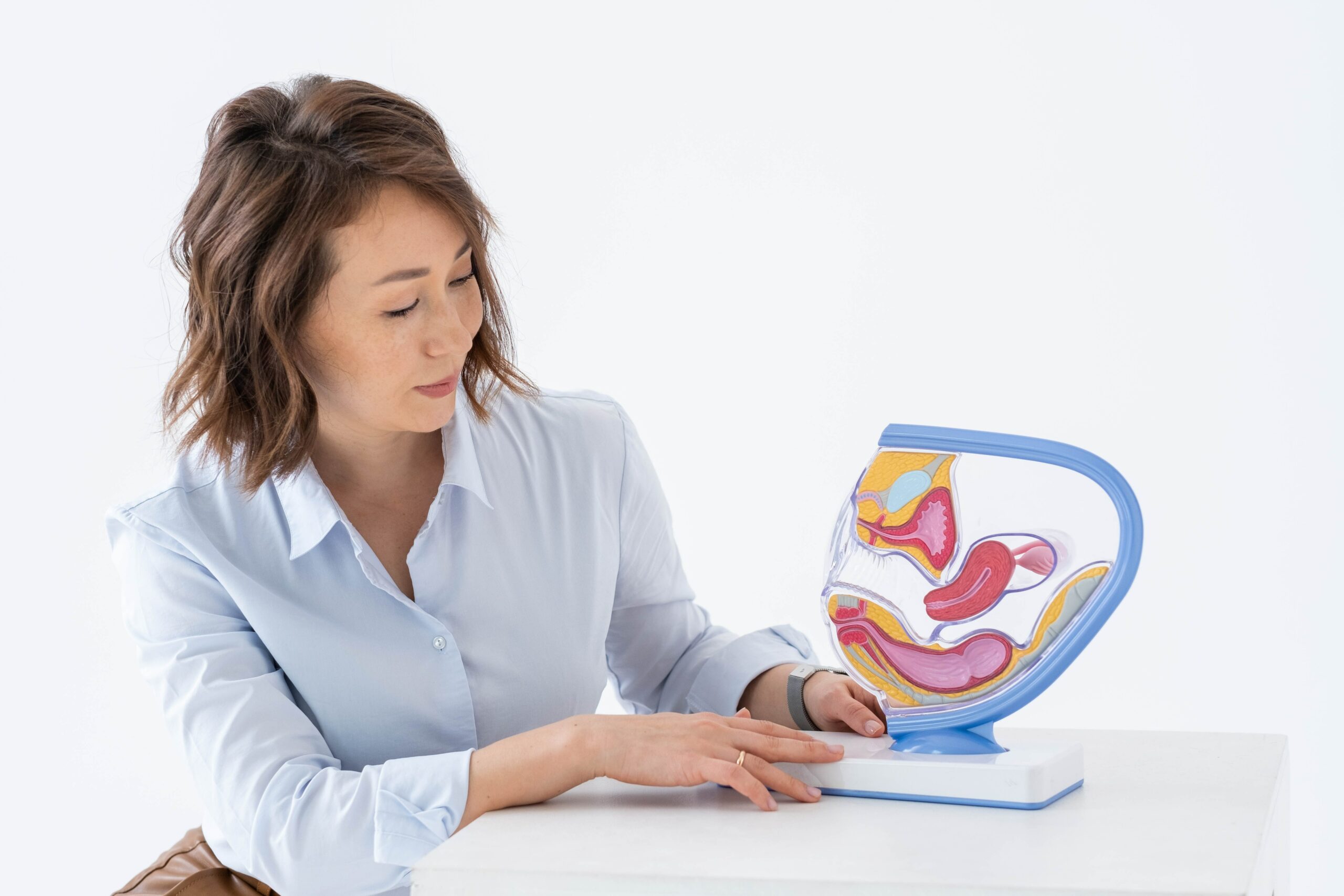Leiomyoma, commonly known as a uterine fibroid, is a benign tumour that develops in the smooth muscle cells of the uterus. It is one of the most prevalent gynaecological conditions affecting women worldwide. While leiomyomas are typically non-cancerous, their presence can lead to a variety of symptoms that impact a woman's quality of life. This blog post aims to provide a comprehensive overview of leiomyomas, including their causes, symptoms, diagnosis, and treatment options.
What Causes Leiomyomas?
The exact cause of leiomyomas remains unclear, but several factors contribute to their development. Hormonal imbalances, particularly elevated estrogen and progesterone levels, play a significant role in their growth. Genetic predisposition, family history, and race also appear to increase the risk of developing leiomyomas. Additionally, lifestyle factors such as obesity and diet may influence their formation.
Signs and Symptoms
The symptoms experienced by women with leiomyomas can vary greatly. Some women may remain asymptomatic (having no symptoms or signs of the conditions), while others may experience significant discomfort. Common symptoms include heavy or prolonged menstrual bleeding, pelvic pain or pressure, frequent urination, constipation, and even fertility issues. The severity of symptoms depends on the size, number, and location of the fibroids within the uterus.
Diagnosis and Evaluation
If leiomyomas are suspected, a healthcare provider may perform a pelvic examination to feel for any abnormal growths. Other diagnostic tests such as ultrasound, magnetic resonance imaging (MRI), or hysteroscopy may be conducted to visualise the fibroids and determine their size, number, and location. These tests aid in identifying the appropriate treatment approach.
Treatment Options
The treatment of leiomyomas depends on several factors, including the severity of symptoms, the patient's age, desire for fertility, and fibroid characteristics. Treatment options include:
1. Watchful Waiting
If the fibroids are small and asymptomatic, the healthcare provider may recommend monitoring the condition without intervention.
2. Medications
Hormonal medications such as birth control pills or GnRH agonists can help shrink the fibroids or manage symptoms temporarily.
3. Minimally Invasive Procedures
Techniques like uterine artery embolisation (UAE), myomectomy, or laparoscopic or robotic-assisted surgery may be recommended to remove or shrink the fibroids while preserving the uterus.
4. Hysterectomy
In severe cases or when fertility is no longer a concern, the surgical removal of the uterus may be the most effective treatment option.
Coping with Leiomyomas
Living with leiomyomas can be challenging, but there are ways to manage the condition. Regular exercise, a balanced diet, and stress reduction techniques can help alleviate symptoms. Support from healthcare professionals, support groups, and loved ones can also provide emotional and practical assistance during the journey.
Proper Diagnosis Is Vital
Leiomyomas are common benign tumours that affect many women globally. While they can cause a range of symptoms, multiple treatment options are available to address the condition. If you suspect you have leiomyomas or experience any associated symptoms, it is crucial to consult with a healthcare provider for a proper diagnosis and to discuss the best treatment plan for your specific situation. By staying informed and seeking appropriate care, women with leiomyomas can manage their condition effectively and lead a fulfilling life.


 71–75 Shelton Street, Covent Garden, London, WC2H 9JQ
71–75 Shelton Street, Covent Garden, London, WC2H 9JQ +44 (0) 20 3376 1032
+44 (0) 20 3376 1032



